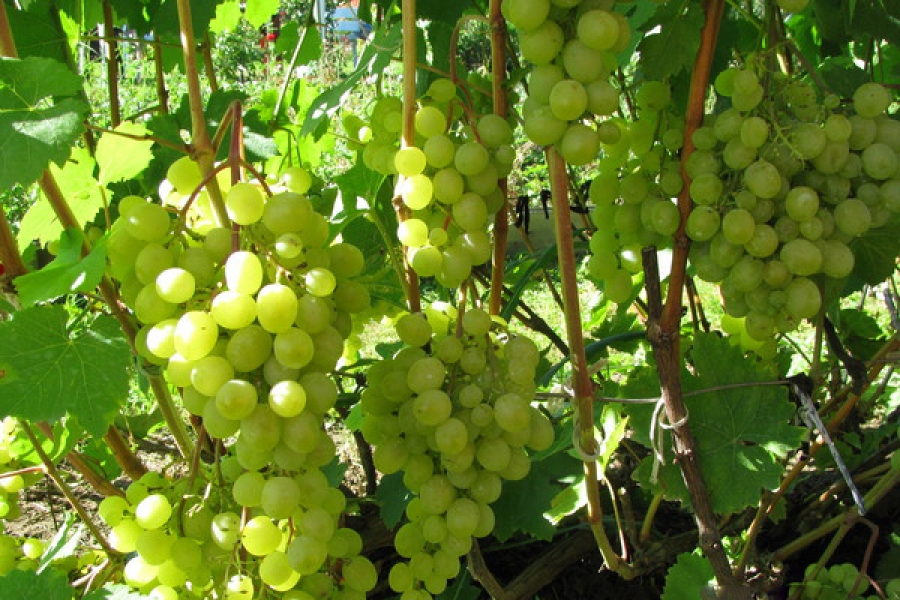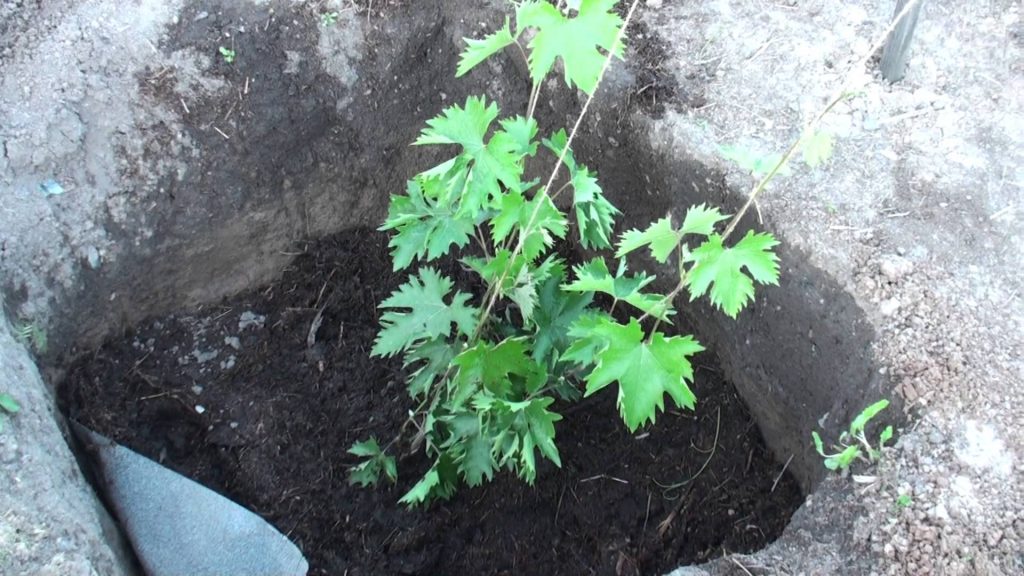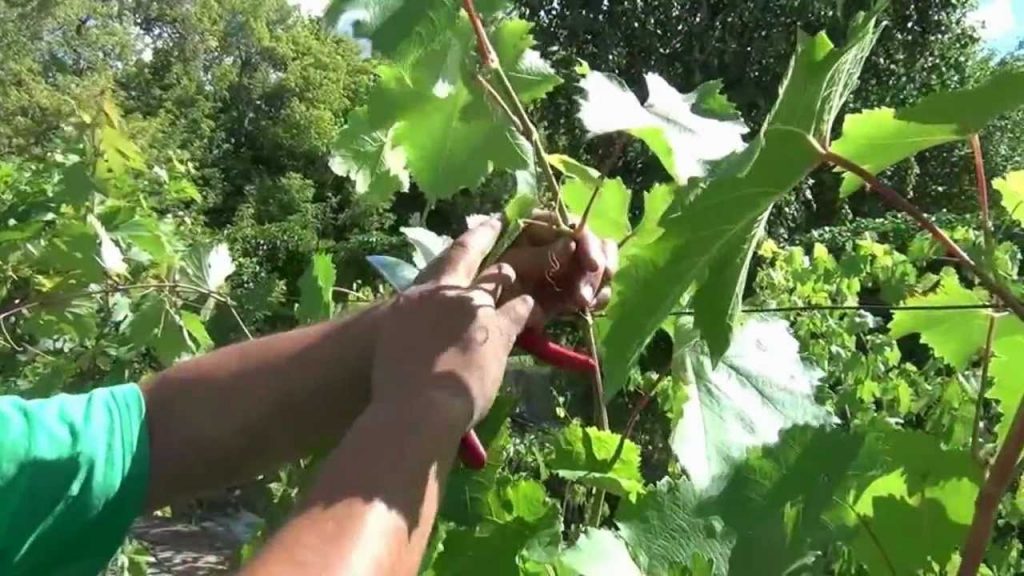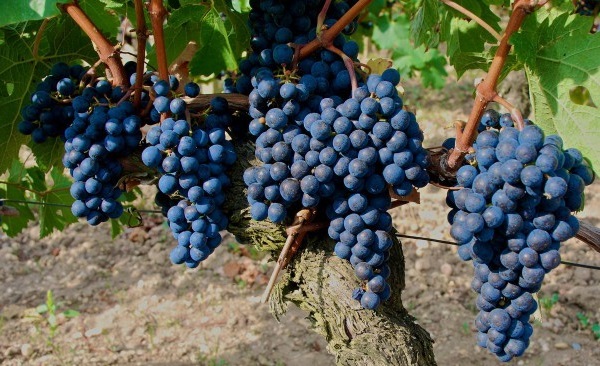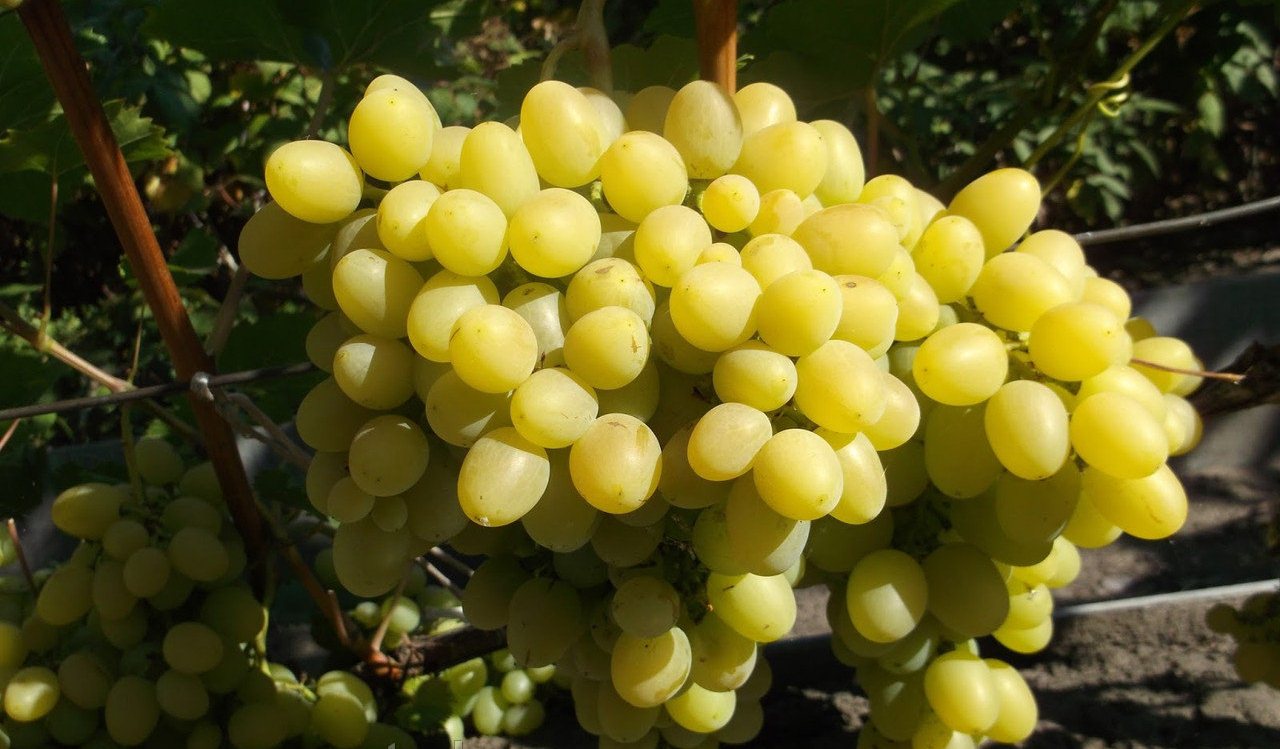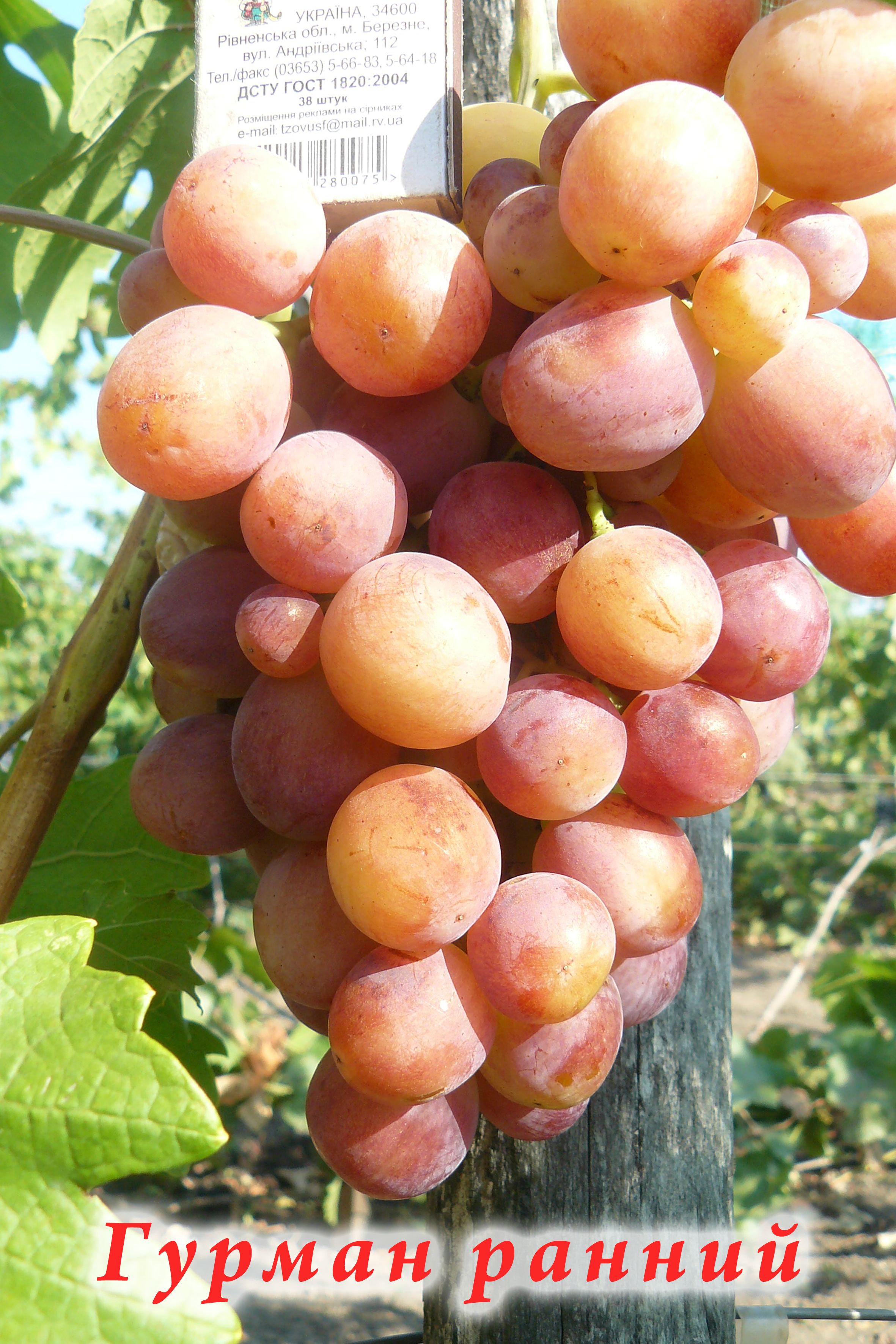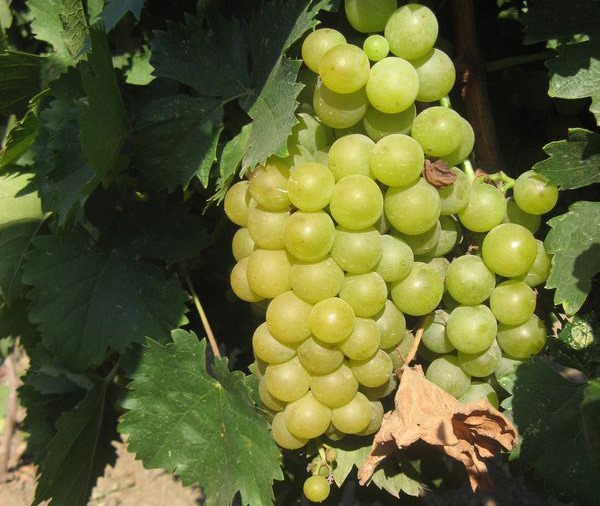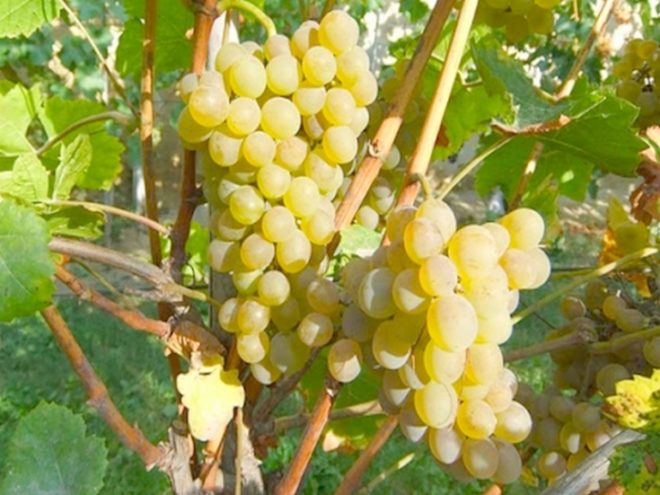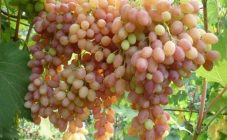Content:
Grapes are a southern plant that loves warmth. But gardeners of the northern regions also have the opportunity to get sweet berries on their backyard. For these purposes, special frost-resistant species were bred. One of them is Krasa Severa.
Variety history
The Krasa Sever grape has been growing in various regions of our country for several decades. The variety was registered in the State Register in 94 of the last century, although it has been known in the horticultural community since the end of the 70s. The variety is hybrid. Obtained by crossing the Dawn of the North and Taifi. Thanks to the spouses who worked on its creation, it was named Princess Olga (that was the name of their daughter), later - simply Olga. Thus, the two names: Krasa Severa and Olga denote one variety, and not its varieties.
This variety was created specifically for viticulture in the northern regions of our country, including in the Moscow region. Today Olga grapes are considered the best in their frost-resistant qualities.
Description of grapes Krasa Severa
This is an early-ripening table grape with an average ripening period of 110-115 days. The bunches are large, conical in shape. One bunch weighs about 250g. Despite the fact that Krasa grapes have table characteristics, some gardeners prepare very good tart homemade wine from it.
Each berry on a cluster is large, oval in shape. Juicy, the taste is somewhat tart, but pleasant, with a barely noticeable sourness. The color of the peel is greenish-yellow; when fully ripe, it becomes white with pinkish accents. Ripening time - late August, early September - depending on the region. Resistant to low winter temperatures. Without additional protection - up to -25 ° С, with the right cover it can withstand up to -30 ° С.
Agrotechnics
Despite the fact that the variety was bred specifically for the northern territories, it requires the right choice of planting site and careful care. The site should be little wind-blown and with good access to sunlight. In addition, the following conditions are required:
- the vine practically does not tolerate any shading, under such conditions the ripening period increases many times, the quality of the berries deteriorates, immunity decreases, the risk of infection by fungi and parasites increases;
- planting grapes in lowlands is not recommended - it is much colder there, which can damage the culture;
- Do not place Krasa next to the road or on the north side - here is the soil most prone to freezing;
- vine rows are best located from north to south - this way the entire planting will gain access to the sun's rays: in the morning one side, in the other - the other.
Preparing the pit for planting
Grape vines require mandatory frost protection, so the plant is planted to a depth of 35-40 cm, while observing the following rules:
- a trench is being dug;
- small depressions of 800 × 800 mm are made in the dug trench, the depressions are organized at a distance of 2 meters;
- boards or slate are placed on the sides;
- below, a gravel-based drainage system is organized, an insulating layer of branches and chips is laid on top of it;
- then the mixing of humus and phosphorus-potassium fertilizers is carried out (100 g per bucket of humus), 0.5 buckets of ash are added. The resulting mixture is poured onto the prepared drainage and trampled;
- from above, the entire "pie" is covered with earth.
Planting seedlings in the ground
The term for planting Krasa grape seedlings in the ground is the first decade of June. By this time, the frosts do not return, so the probability of plant survival is higher. Follow the following algorithm:
- the root system is freed from the packaging material and straightened;
- the earth is shaken off from the roots and the seedling is placed in a pre-prepared depression;
- the remaining empty places are covered with earth in such a way that about 40 cm remains to the edge of the trench, while the cutting should be completely covered with soil. Under such conditions, new roots will appear, which in the process of growth will provide the bush with additional nutrition. The earth must be tamped;
- at the end of planting seedlings, they must be watered abundantly - 2 buckets of water for each planted bush.
In the process of growth, each planted grape bush must be tied up and cut off the shoots above the second grape leaf. To further facilitate the maintenance of the vineyard, it is recommended to immediately install trellises: small posts are dug in from the sides of the dug trench and several rows of wire or rope are pulled. In the future, it will be convenient to tie up a growing bush to them. The Krasa Severa grapes require special attention in the first three years from the moment of planting: it is necessary to closely monitor the growth, tie it up in time and warm it well for the winter.
Often, the vine growers form a so-called fan. For this, sleeves are formed that allow the plant to increase the volume of wood:
- in the first year after planting in the ground, 2 strongest shoots are left, the rest are removed;
- in the fall, the tops of the grape bush are cut off by 35-40 cm;
- the next year 4 shoots are left, the rest are removed;
- the resulting sleeves are tied to the trellis, trying to maintain an angle not exceeding 45 °;
- in August, minting is carried out: usually, more than half of the plant's shoot does not have time to ripen. The non-maturing part is cut off. Trimming takes place over the top wire. Thanks to this, an excellent harvest is formed, the clusters are large and fleshy;
- October is the month of the final pruning: it is required to tear off all the remaining leaves and remove the shoots with unripe fruits.
Krasa Sever grapes need to be watered constantly, especially in the first half of the summer period. Watering is carried out in the morning or in the evening after the sun's rays leave.
Top dressing of vines
For grapes, both root and foliar are used. To make them, the following deadlines are observed:
- in the spring, 55 g of nitrogen, 45 g of phosphorus and 35 g of potash fertilizers are placed in special recesses under the bush and sprinkled with soil;
- 10 days before flowering, chicken manure is diluted with water, superphosphate and potassium salt are added;
- at the time of the formation of small grape berries, they are re-treated with chicken dung;
- at the time of ripening of grapes, potash and phosphorus fertilizers are applied.
Preparing for the winter period
Bunches of grape variety Olga must be harvested no later than the end of the second decade of September. Then the shoots are removed from the trellis and preliminary pruning of all weak and medium-sized shoots is carried out. After October 15th, final pruning is done. At this moment, all the leaves are removed and the soil is cleaned of all wilted plants and fallen leaves. The vines treated with scissors are tied together and sprayed with a solution of ferrous sulfate. They also spray the soil around the bushes. Then all the shoots are sprinkled with wood ash. This procedure is done to prevent fungal diseases.
Further along the perimeter of the vine rows, they put bait for rodents with poison: they really like the taste of the vine. The very soil around the bushes is covered with spruce branches, cardboard or boards for warming the roots of grapes.
Advantages and disadvantages of the variety
The Krasa Severa variety has the following advantages:
- the yield of grapes is high - up to 10-12 kg per plant;
- juicy, the taste is somewhat tart, but pleasant, with a barely noticeable sourness;
- short ripening period of grapes - 110-115 days;
- long shelf life of fruits and good suitability for transportation;
- frost resistance;
- the beauty of bunches and properly grown grape bushes;
- Krasa Severa grapes retain their shell even in high humidity conditions.
There are also disadvantages:
- weak ability to resist grapes to typical diseases;
- weak resistance of grapes to damage by pests and birds.
Undoubtedly, the variety has more advantages, which means that it is worthy to take a place on the site.
